Galazolin Combi nasal spray is indicated for:
- nasal congestion during acute rhinitis;
- promoting healing of the skin around the nasal passages and damage to the mucous membrane in the nasal cavity;
- vasomotor rhinitis (rhinitis vasomotorica);
- Nasal breathing disorders after surgical interventions in the nasal cavity.
Composition
Active ingredients: xylometazoline; dexpanthenol;
1 ml contains: 1 mg xylometazoline hydrochloride and 50 mg dexpanthenol;
One spray of 0.1 ml of solution contains 0.1 mg of xylometazoline hydrochloride and 5 mg of dexpanthenol;
Excipients: sodium phosphate dodecahydrate, potassium dihydrogen phosphate, benzalkonium chloride, purified water.
Contraindication
- hypersensitivity to xylometazoline hydrochloride, dexpanthenol or any excipient;
- atrophic rhinitis (rhinitis sicca);
- transsphenoidal hypophysectomy and surgical interventions with exposure of the meninges in history;
- acute coronary diseases, including cardiac asthma;
- glaucoma;
- hyperthyroidism;
- concomitant treatment with MAO inhibitors and within 2 weeks after discontinuation of their use;
- pregnancy and breastfeeding.
Method of application
For nasal use.
Galazolin Combi should be used one spray in each nostril no more than three times a day. The dosage depends on individual sensitivity and clinical response.
Galazolin Combi should not be used for longer than 7 days, unless recommended by a doctor.
Application features
Pregnant women
Contraindicated.
Children
Not applicable to children under 6 years of age.
Drivers
No effect.
Overdose
Overdose, especially in children, can lead to significant effects on the central nervous system, including spasms, coma, bradycardia, apnea, and hypertension, which may progress to hypotension.
Symptoms of central nervous system stimulation include anxiety, agitation, hallucinations, and seizures.
Severe overdose requires hospital treatment. Since xylometazoline hydrochloride is rapidly absorbed, activated charcoal (absorbent), sodium sulfate (laxative) or gastric lavage (at high doses) should be administered immediately. Blood pressure can be reduced with non-selective alpha-blockers. Vasoconstrictors are contraindicated. If necessary, antipyretics and anticonvulsants, as well as artificial respiration, are used.
Side effects
- From the nervous system: agitation, insomnia, increased fatigue, drowsiness, sedative effect, hallucinations (especially in children), headache.
- Cardiovascular system: systemic manifestations of sympathomimetics, such as tachycardia, palpitations, increased blood pressure, arrhythmia.
- Immune system disorders: hypersensitivity reactions, including angioedema, rash, pruritus.
- Musculoskeletal and connective tissue disorders: convulsions (especially in children).
- Respiratory, thoracic and mediastinal disorders: discomfort in the nasal mucosa (dryness, burning), increased swelling of the mucous membrane with a decrease in the effect of the drug (reactive hyperemia), nosebleeds, sneezing.
- On the part of the organ of vision: transient visual impairment.
- Gastrointestinal: nausea.
Interaction
Concomitant use with tranylcypromine, MAO inhibitors, tricyclic or tetracyclic antidepressants or β-blockers may lead to an increase in blood pressure due to the effects of these drugs on the cardiovascular system.
The simultaneous use of xylometazoline with other sympathomimetic drugs (e.g. ephedrine, pseudoephedrine) should be avoided due to their synergistic effects.
Storage conditions
Store in the original packaging at a temperature not exceeding 25 °C.
Keep out of reach of children.
Shelf life – 3 years.

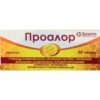
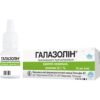





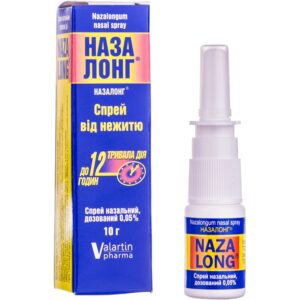
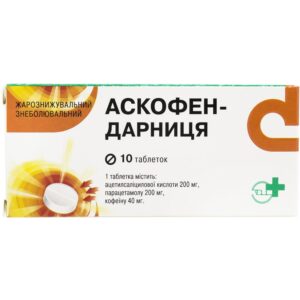
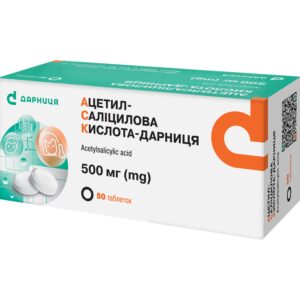
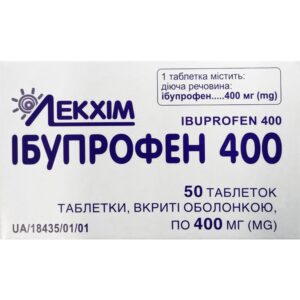
Reviews
There are no reviews yet.